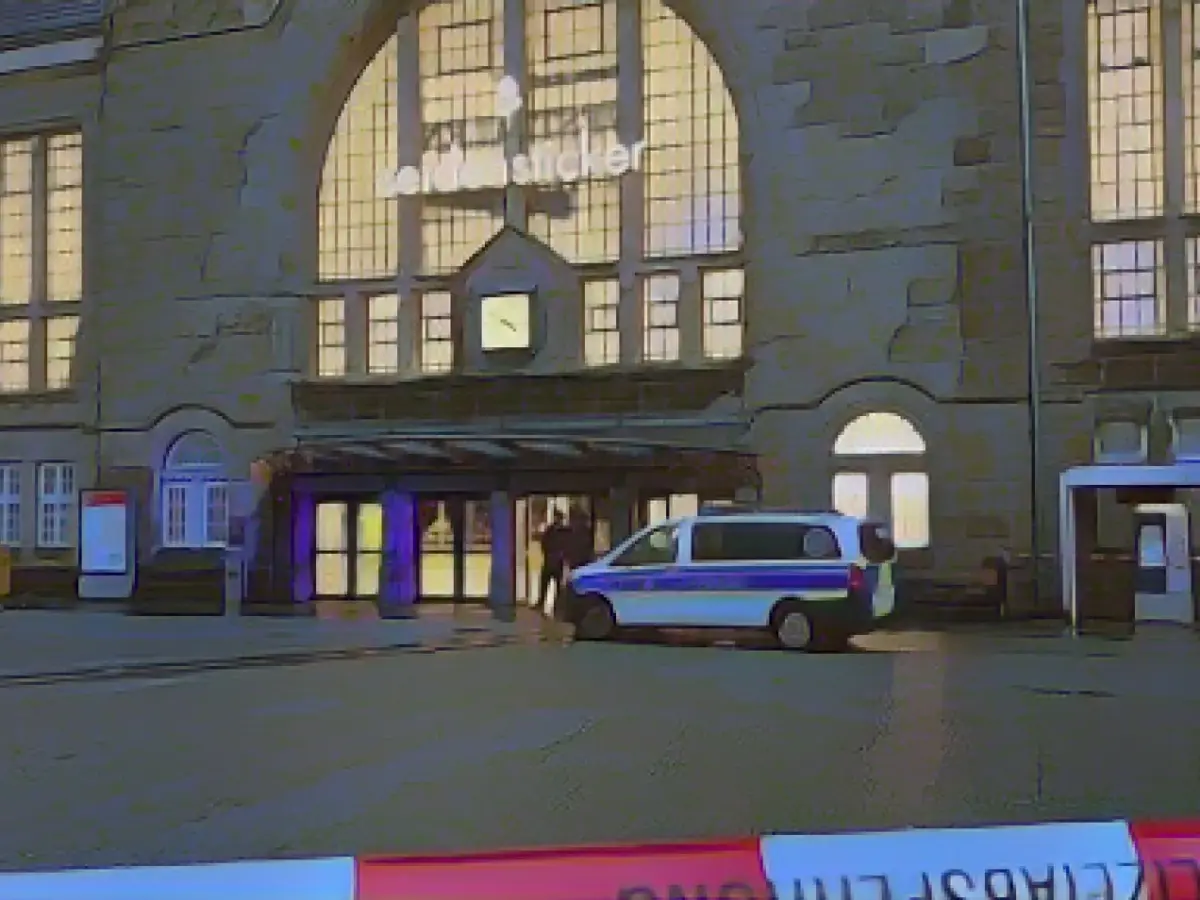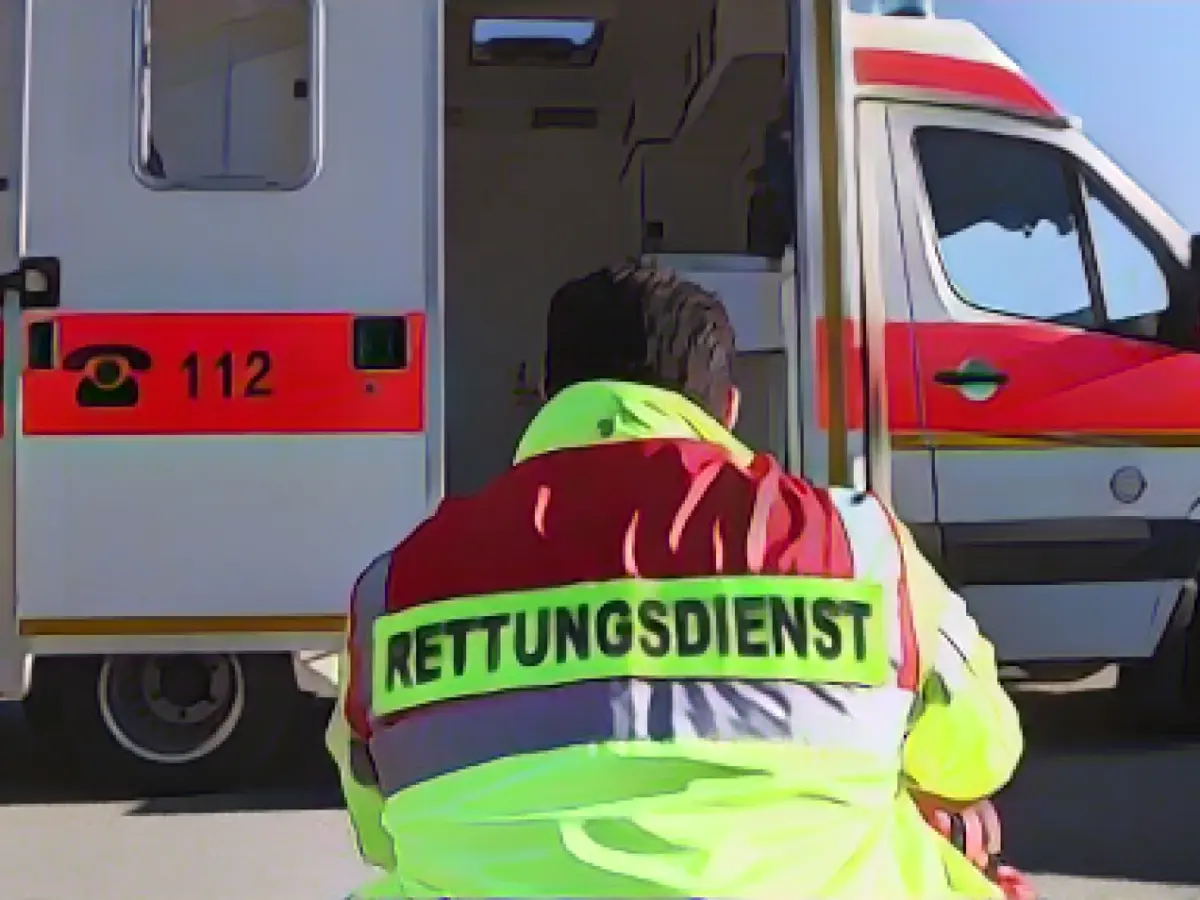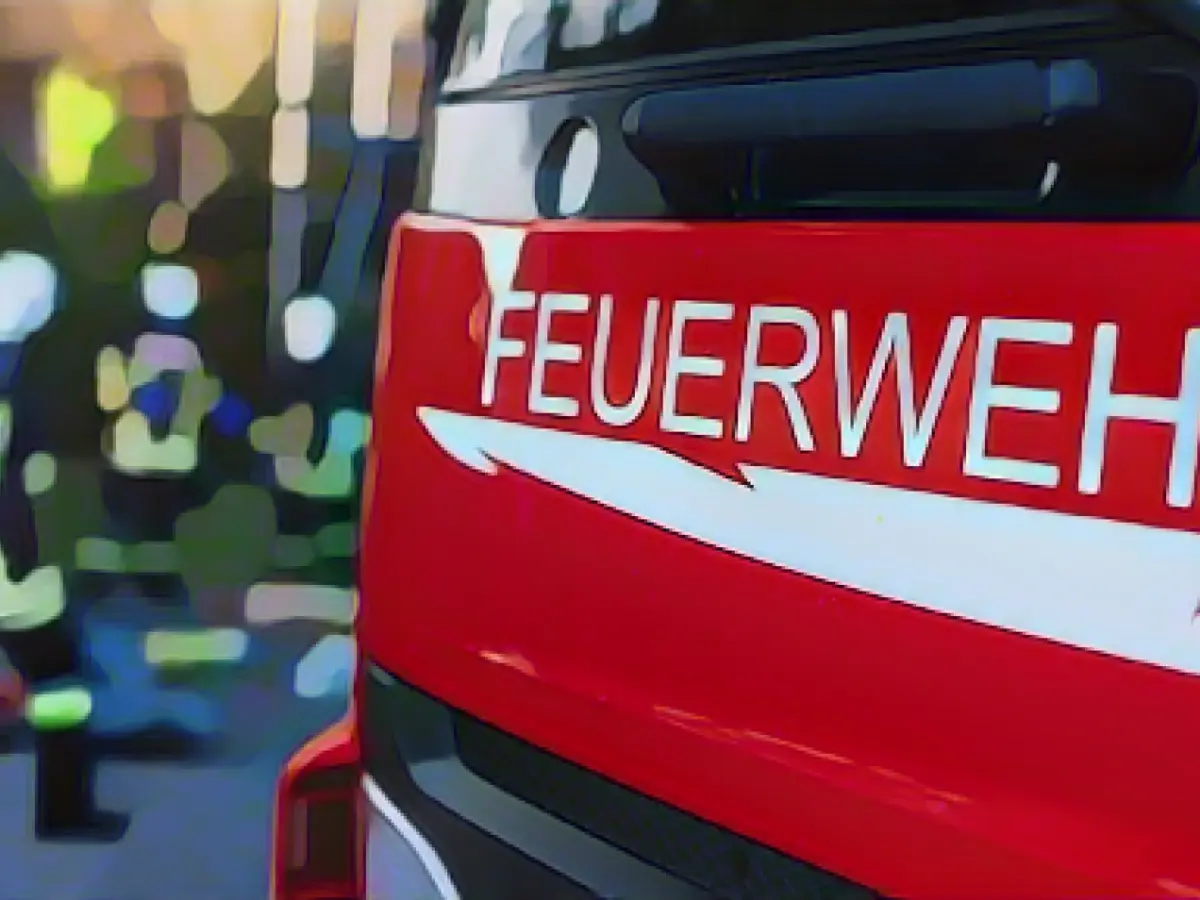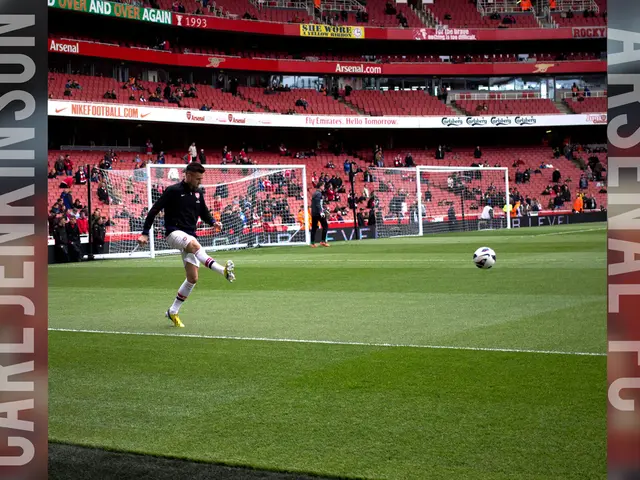Roof goes up in flames: 200K euros in damage
It's estimated a blaze that engulfed a roof in Wäschenbeuren, Göppingen district, caused around 200,000 euros worth of damage. With the house's 51-year-old inhabitant safely escaping unharmed on Thursday night, authorities are still investigating the cause of the fire.
Emergency services rushed to the scene to quell the intense blaze, as prompt attention was essential. Sadly, subsequent inspections revealed the house remained unsuitable for residence.
The Perils of Roof Truss Fires
Roof truss fires can be particularly fierce due to certain pitfalls posed by their construction. Here are the most common causes, prevention methods, and their impact on damage and livability:
Triggers of Truss Fires
- High Surface-to-Mass Ratio: Lightweight materials like engineered wood products (EWP) have this issue, which leads to quick spread.
- Open Web Design: Created for efficiency, this design enables fire to slip horizontally, causing collapse.
- Structural Weaknesses: The lack of redundant support in trusses makes them particularly susceptible to failure.
- Environmental Damage: EWP are susceptible to environmental agents, like mold or rot, ravaging their structural longevity.
- Improper Installation and Maintenance: Improper handling can result in weakened structures and pose hazards during safety incidents.
Safety Measures
- Regular Inspections: Frequent assessments can reveal damage, improving overall safety and reducing risks.
- Proper Installation and Maintenance: Ensuring ideal placement and condition maintains trusses' structural integrity.
- Fire-Resistant Materials: Incorporating flame-resistant materials, such as gypsum boards, can delay collapse and minimize harm.
- Draft Curtains: Installed in hidden spaces, these barriers can contain flames, decrease damage, and restrict fire spread.
- Education and Awareness: Firefighters and inspectors should understand the risks associated with lightweight construction spearheaded by engineered wood products.
By implementing these safety procedures, homeowners can fortify their homes against roof truss fires and minimize potential damage.
[1] Source: NFPA 5000 Building Construction and Safety Code; [2] Source: Forest Products Association of Canada; [3] Source: National Roofing Contractors Association; [4] Source: American Wood Council; [5] Source: National Fire Protection Association (NFPA)








